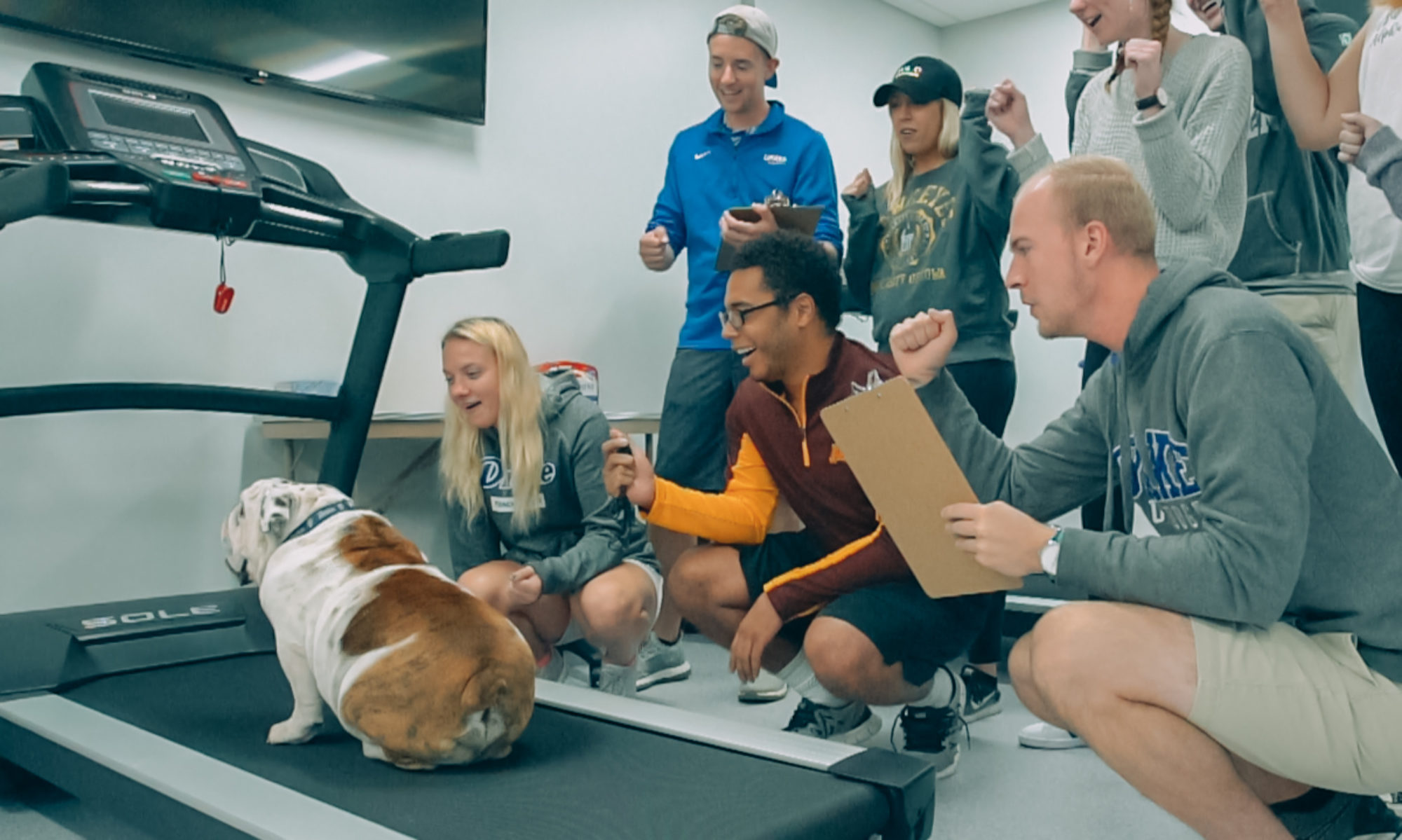Author: Callie Zobeck
As all know, there are many different forms of cancer out in this world, yet research is beginning to show how those at risk for cancer can have reduced risks simply by adding exercise to their daily regime. Cancer can develop at any point and any time in the body. Instead of having cells that grow and divide, cells keep dividing making them damaged in the process. This then causes the growth of tumors. Tumors can then either become malignant (invading other bodily tissues while spreading the cancer to other areas of the body), or they can be classified as benign (do not invade other bodily tissues and do not grow back as most malignant tumors do) (What Is Cancer?, 2015). The World Cancer Research Fund states how 12.3% of people have breast cancer (Global cancer statistics for the most common cancers, 2018). For breast cancer in 2018, the World Cancer Research Fund showed that there were over two million cases of breast cancer diagnoses. Research has begun to show how increasing exercise can now decrease these risks of cancerous tumors (Global cancer statistics for the most common cancers, 2018).
Continue reading “Reducing Cancer Risk by Increasing Exercise”